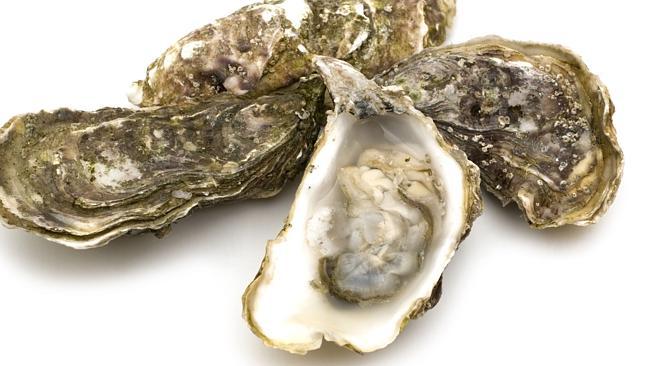Experts in Tasmania start tracking source of oyster virus
IT is unlikely that the oyster killing Pacific oyster Mortality Syndrome virus was transported to Tasmania on infected oysters or equipment, a shellfish pathology expert says.

Tasmania
Don't miss out on the headlines from Tasmania. Followed categories will be added to My News.
IT is unlikely that the oyster killing Pacific oyster Mortality Syndrome virus was transported to Tasmania on infected oysters or equipment, a shellfish pathology expert says.
Professor Richard Whittington from the University of Sydney said it was more likely that the virus had been carried to Tasmania by a warm ocean current and that the virus would have arrived in the Pitt Water area recently.
Prof Whittington said a ship’s ballast water or a recreational boat were other possibilities.
Ironstone Oysters, operator of the Lower Pitt Water lease where the disease was first detected, has lost a devastating 95 per cent of its oysters, about 2.5 million.
Nearby oyster leases have also suffered oyster mortalities and farmers in other districts are on tenterhooks, wondering if the virus will reach them.
The disease does not constitute a human health risk and healthy oysters are continuing to be harvested and sold.
“At the moment there is a warm current off the East Coast of Tasmania and that probably triggered this,’’ Prof Whittington said.
“It is a very serious issue for the Industry in Tasmania and New South Wales. Tasmania has been a very effective supplier of baby oysters to the rest of Australia ... of a very high quality.’
“The Tasmanian Government response has been very well-organised. It has been tested and proven in dress rehearsals.’’
He said the disease had wiped out all of the oyster farms in two NSW estuaries, which it struck in 2010, but the disease was temperature sensitive and there was hope that it wouldn’t be as bad in Tasmanian waters, which were normally cooler.
Oysters Tasmania executive officer Neil Stump said it appeared that an oyster farm in the Pipe Clay Lagoon area near Clifton Beach had also been hit and farmers were “resigning themselves” to the likelihood that the virus had infiltrated several Pitt Water leases.
Mr Stump said it could be two weeks before the prognosis for Tasmania’s $26 million industry became any clearer.
Other Australian states have banned the importation of Tasmanian oysters as a precaution.


